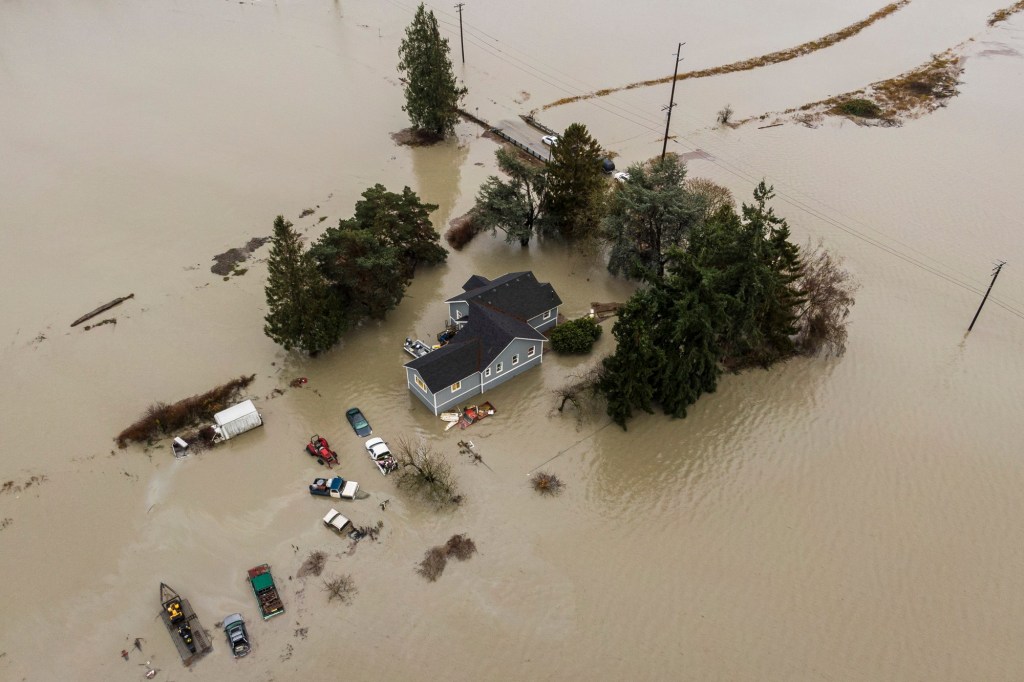Over the last two decades, as San Antonio and surrounding Bexar County, Texas, grew by more than 600,000 people, some 17% of the city’s blocks experienced a decrease in population.
That delta is largely due to flood risk that climate change exacerbates, according to a new report by the First Street Foundation, a data nonprofit with the mission of communicating climate hazards.
Bexar — sitting in a swath of Texas known as Flash Flood Alley — is part of a national trend of hyper-local migration to avoid flooding, which is hollowing out blocks within cities, the report finds. The research is based on a model, published Monday in the journal Nature Communications, that looks at population changes using granular U.S. Census Bureau data and controls for factors besides flooding, such as nearby job opportunities and school quality.
In all, First Street finds, 3.2 million Americans moved away from high-flood-risk areas between 2000 and 2020. The full extent of the migration has been hidden, however, since most people didn’t move far.
“There appear to be clear winners and losers in regard to the impact of flood risk on neighborhood-level population change,” Jeremy Porter, head of climate implications research at First Street, said in a statement. “The downstream implications of this are massive and impact property values, neighborhood composition and commercial viability, both positively and negatively.”
The analysis also extrapolates these trends 30 years into the future, predicting that vulnerable areas will continue to lose population.
In the U.S., the frequency of disasters causing at least $1 billion in damages has gone from roughly three a year during the 1980s to an annual average of 17.8 over the period 2018 to 2022, according to the National Oceanic and Atmospheric Administration. Global warming has knock-on effects that exacerbate flooding in particular, including sea level rise, more ferocious…
Read the full article here







